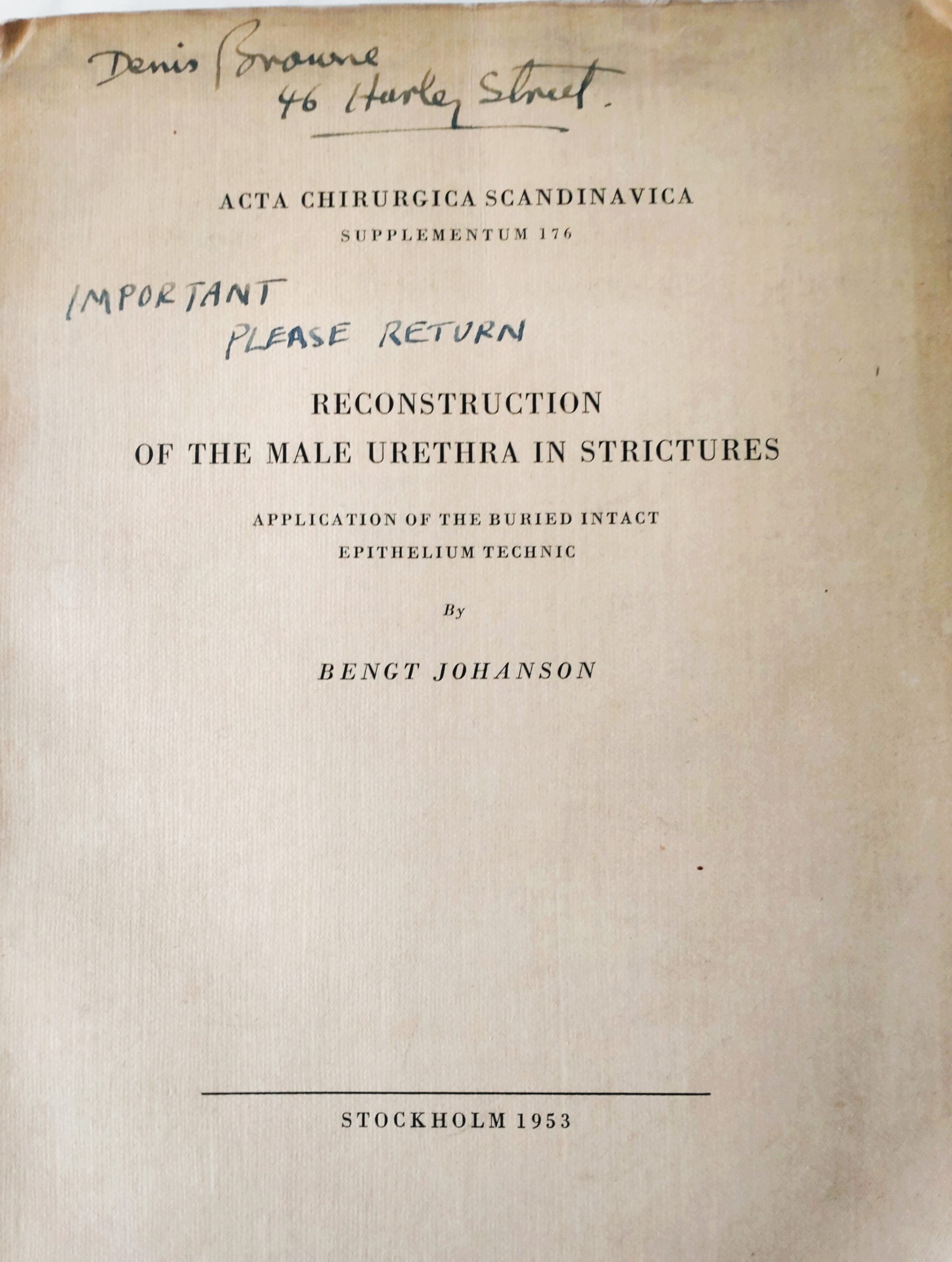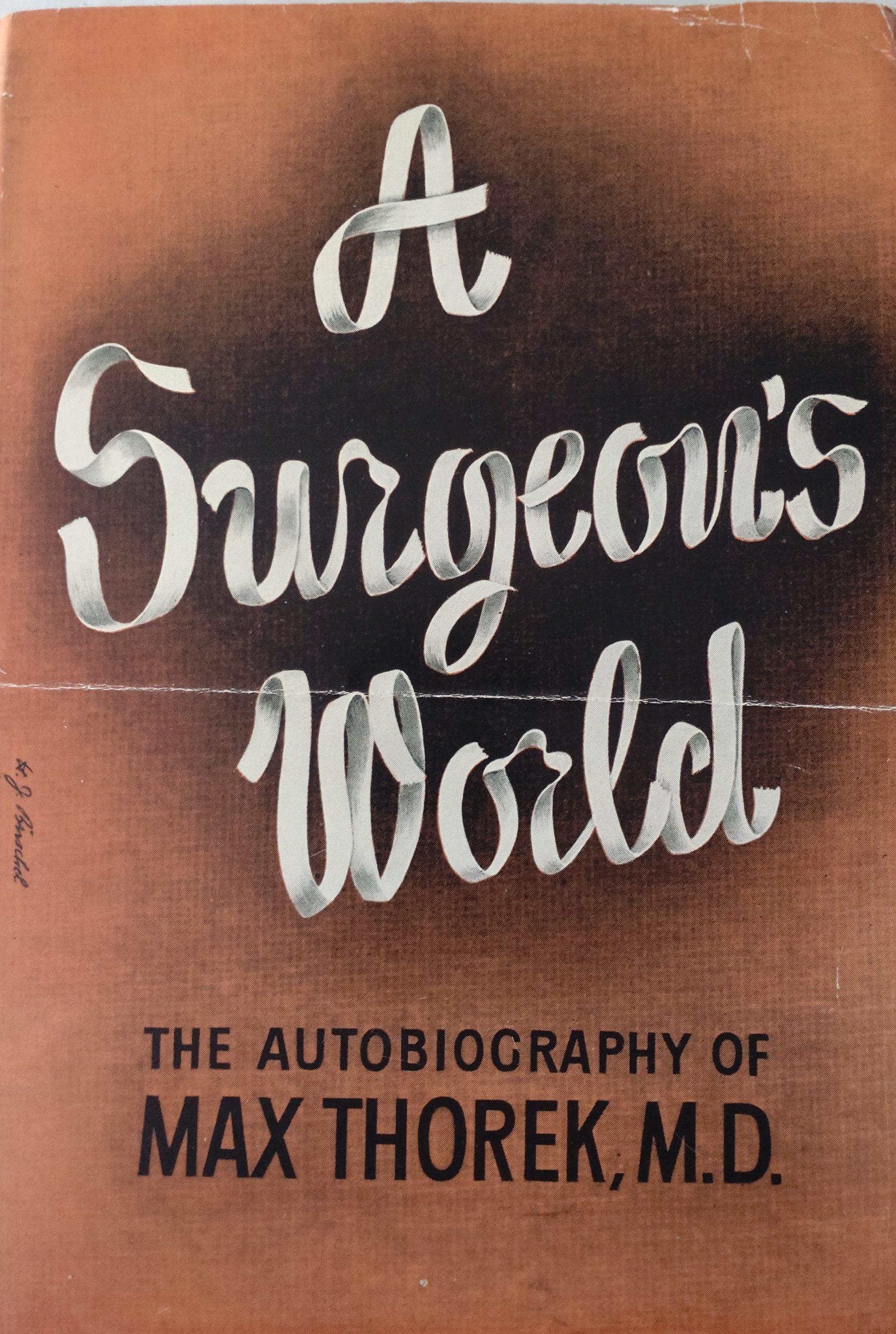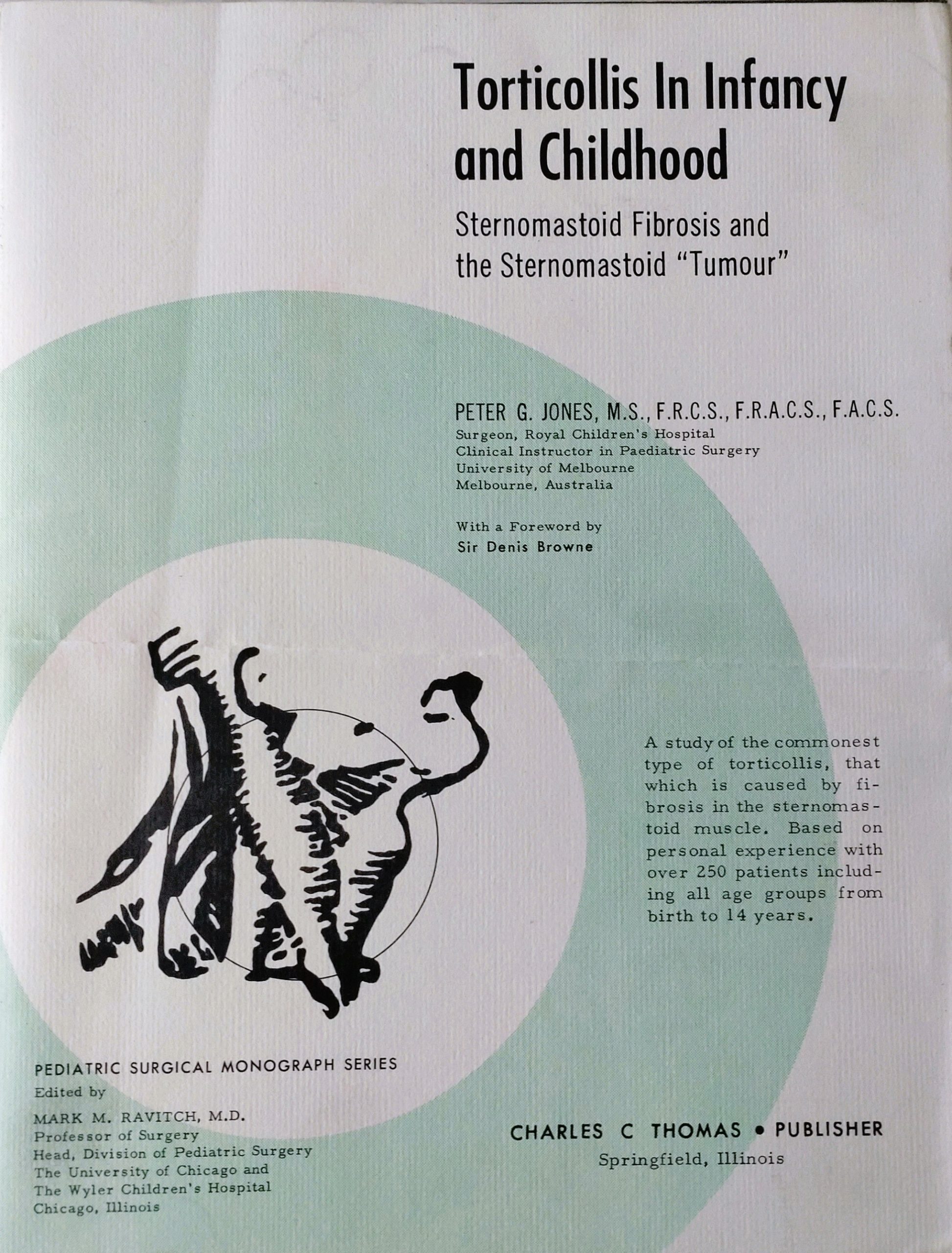The Books of Sir Denis Browne KCVO FRCS FRCAS (Hon)
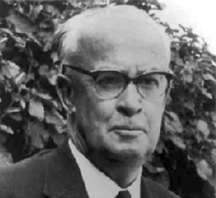
Sir Denis Browne (“DB”) (1892 – 1967) is widely regarded as the father of paediatric surgery in this country, not least for the simple act of specialising and operating only on children. He was one of the most eminent, influential surgeons of his day, and had a public persona and social life outside of the hospital. His main base of course was the Hospital for Sick Children, Great Ormond Street, London and he worked there from the 1920s to the 1950s. It shouldn’t be forgotten that he had a wide repertoire with interests urological (hypospadias) and orthopaedic (club foot) in areas long since given over to other specialists.

The BAPS has received a generous gift from his daughter, Contessa Rosemary Lanza, of his medical library that had formerly been kept in what had been his magnificent Georgian end-terrace house in London W1.
So, what was in DB’s library, and does it give a glimpse into the mind of a great man? All told there were 32 tomes, all hardback of course.
Perhaps surprisingly, there are only a couple of what might be regarded as general texts of the specialty – an unadorned 1953 edition of the famous American textbook “The Surgery of Infancy and Childhood” by Robert Gross and “The Essentials of Paediatric Surgery” (1961) by Harold Nixon and Barry O’Donnell inscribed “For DB with sincere thanks Nick and Barry”. There are more monographs on areas where he clearly had a major interest, and had contributed a chapter e.g. The Clubfoot (1964) by JH Kite and “Reconstruction of the Male Urethra in Strictures” by Swedish surgeon Bengt Johanson; or written the foreword such as “Torticollis in Infancy and Childhood” by Peter G Jones, the Australian surgeon. There also a couple of copies of French texts of neonatal surgery, personally signed by the great French surgeon Bernard Duhamel.
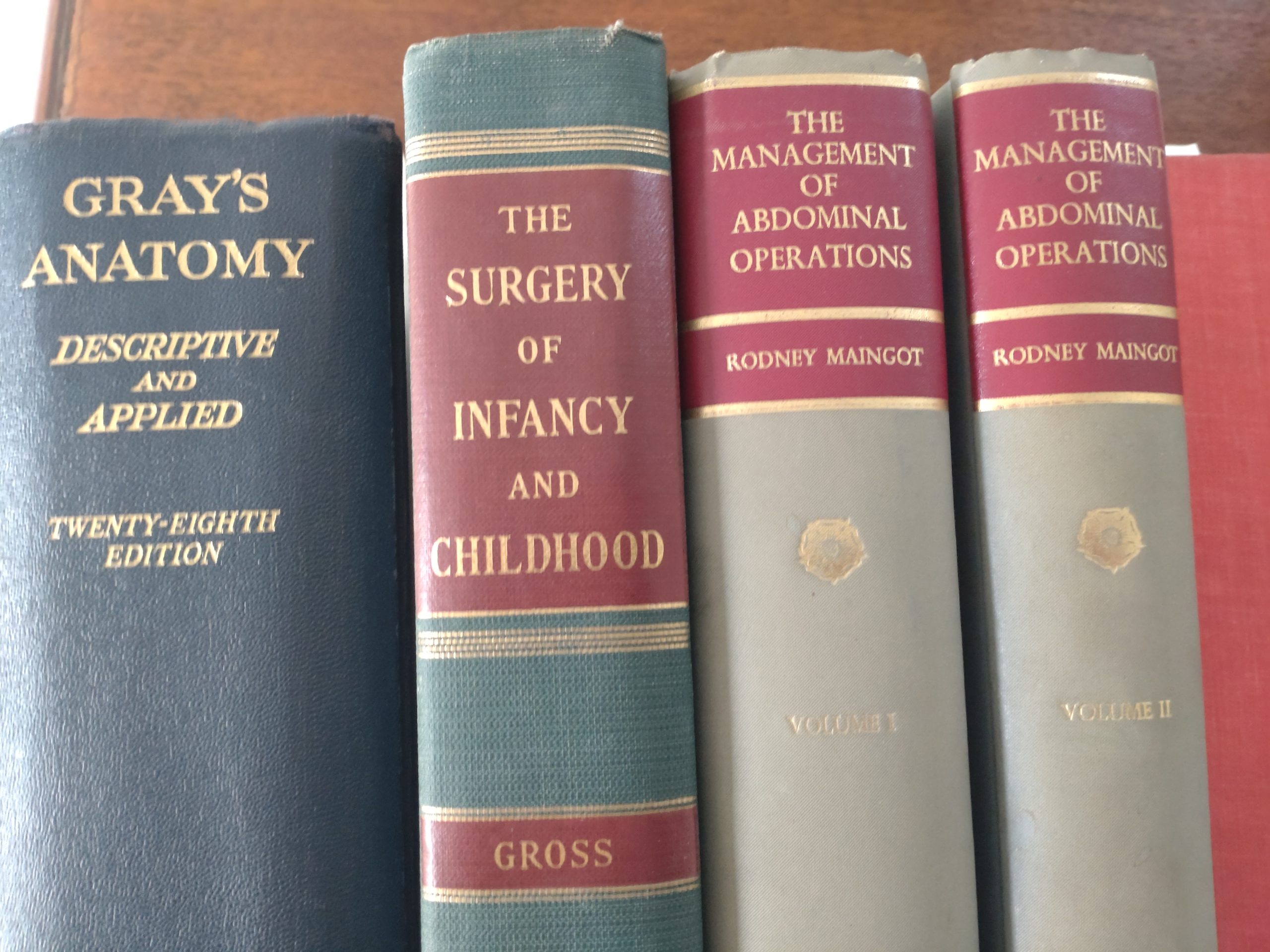
The surgical classics from that era are well represented. So, we have Rodney Maingot’s “The Management of Abdominal Operations (1957) and a 17th edition of the venerable Pye’s Surgical Handicraft (1956) edited by Hamilton Bailey, to which he had contributed a chapter.
I think we can also discern an interest in figures from history and where surgery had come from as he had a 1951 translation of “The Apologie and Treatise of Ambrose Paré ” – the most famous physician of the 16th century; “The Reluctant Surgeon – the Life of John Hunter” (1960) by John Kobler; together with Hamilton Bailey’s 1946 edition “Notable Names in Medicine and Surgery” and “The Surgeons Tale” (1958) written by Robert Richardson, detailing surgical progress from the 19th century to the present.

As far as I know he never wrote his autobiography but he did have clear preference for the lives of others. We have “Reginald Pound’s “Gillies Surgeon Extraordinary” (1964) describing the life and career of another surgical knight, Sir Harold Gillies, who was the most famous plastic surgeon of his day and someone who put Sidcup on the map! There is even a translation of “A Surgeon’s Life” (1953) by Ferdinand Sauerbruch, who had been with Hitler in the bunker. There is also a more personal volume I think; “A Surgeon’s World” by a Chicago surgeon” (1943) by Max Thoreck, flamboyantly inscribed to Denis and Lady Moyra Browne. There is also a posthumous contribution to the collection in the “Historical Aspects of Pediatric Surgery” edited by Peter Paul Rickham which actually has two chapters about DB by PPR and J Crooks, one of his Great Ormond Street colleagues.
All in all, this forms a unique collection of one of the founding fathers of our organisation and the BAPS should be proud to be its guardian for future generations.
Curated by Prof Mark Davenport
